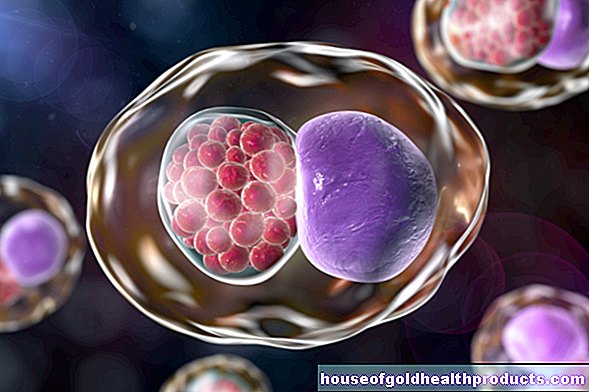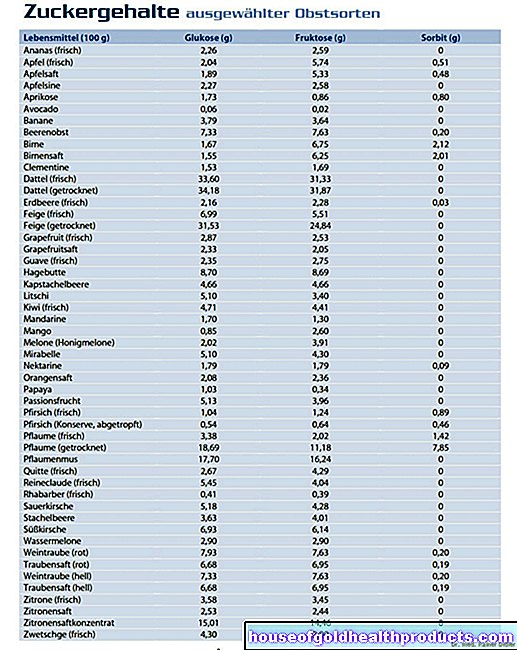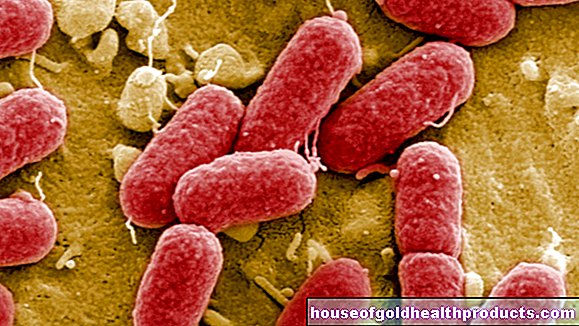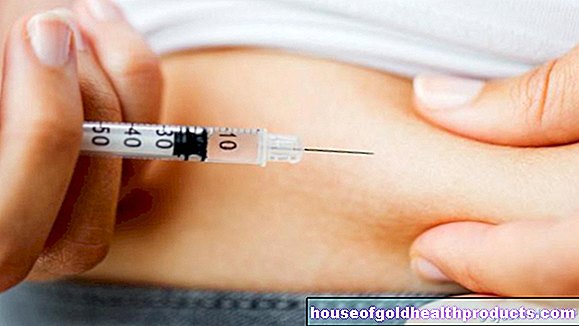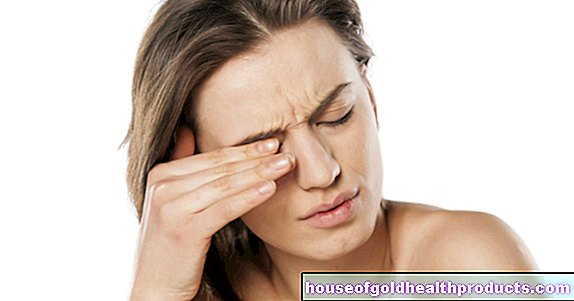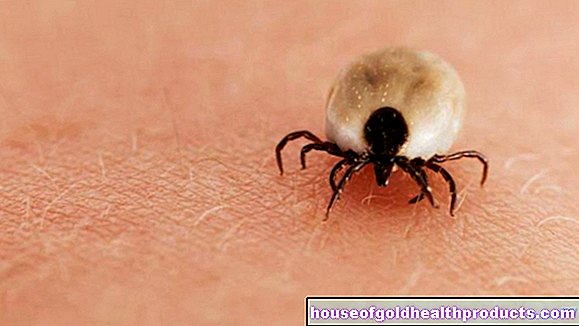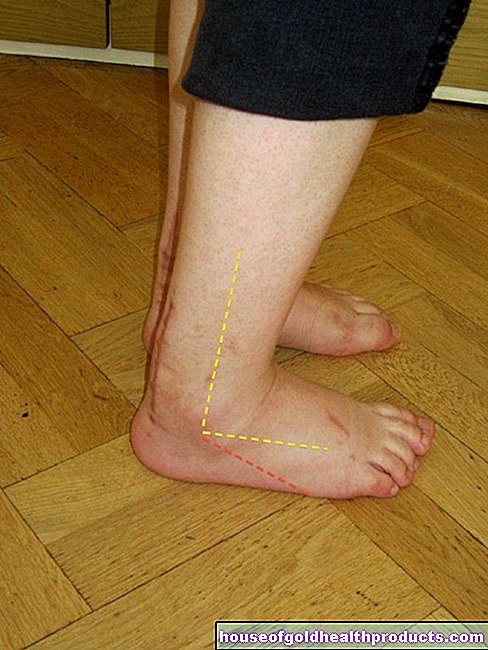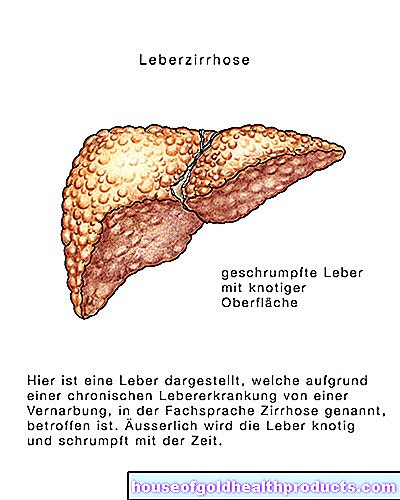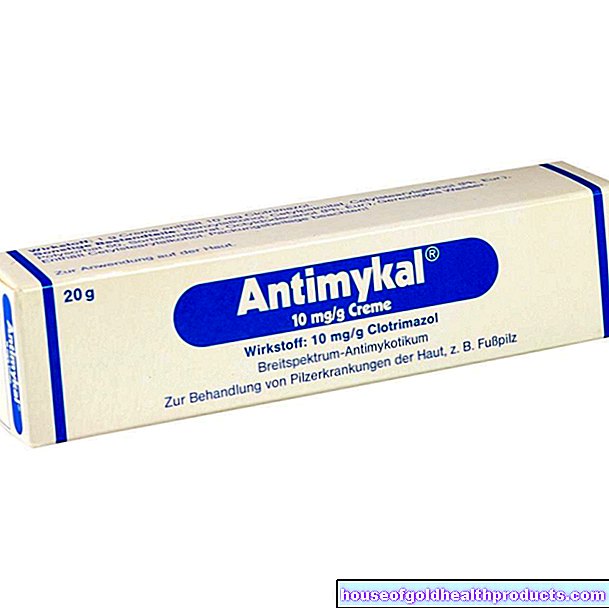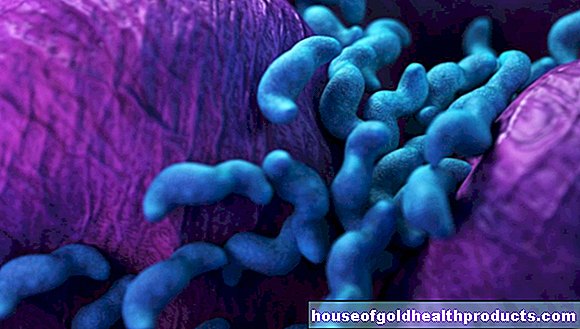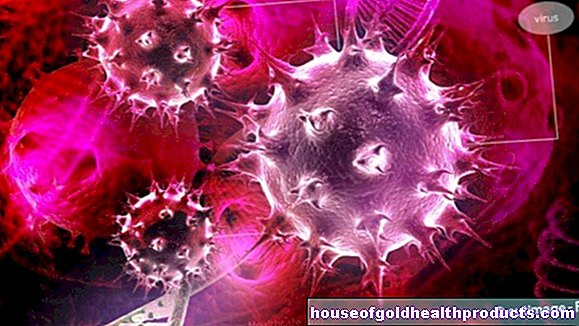Scheuermann's disease
Marian Grosser studied human medicine in Munich. In addition, the doctor, who was interested in many things, dared to make some exciting detours: studying philosophy and art history, working on the radio and, finally, also for a Netdoctor.
More about the experts All content is checked by medical journalists.Scheuermann's disease is a deforming back disease. Almost 100 years ago, the Danish radiologist and orthopedist Holger Werfel Scheuermann was the first to describe the clinical picture in which a characteristic curvature of the spine occurs in adolescence. Depending on the severity, those affected may hunch back and suffer from pain and restricted mobility as adults. With early therapy, however, you can usually get the symptoms of Scheuermann's disease under control. Read everything you need to know about Scheuermann's disease here.
ICD codes for this disease: ICD codes are internationally recognized codes for medical diagnoses. They can be found, for example, in doctor's letters or on certificates of incapacity for work. M42

Scheuermann's disease: description
Scheuermann's disease is a relatively common adolescent growth disorder of the spine, which mostly occurs at chest level (thoracic), less often in the lumbar region (lumbar). Boys are affected much more often than girls. The extent of Scheuermann's disease differs from case to case.
Structure of the spine
In order to understand what happens with Scheuermann's disease, one has to know the structure of the spine. Roughly simplified, they can be imagined as cubes (vertebral bodies) stacked on top of one another, between which elastic buffers (intervertebral discs) lie. The stack is by no means straight. When viewed from the side, it has a double "S" shape. Like every structure of the human body, the spine must also grow synchronously in childhood and adolescence. In Scheuermann's disease, however, this happens unevenly, so that the vertebral bodies assume the wrong shape.
How does Scheuermann's disease work?
In relation to the cube model, this means that the (ventral) front edge of the cube looking towards the chest / abdomen grows more slowly than the rear (dorsal) edge. As a result, the vertebral body takes on the shape of a wedge, the tip of which points towards the abdominal side.
Therefore, in the context of Scheuermann's disease, so-called wedge vertebrae are also mentioned. If several such wedge vertebrae are on top of each other, this results in a pathological curvature of the spine. A slight, backward curvature (kyphosis) in the thoracic vertebral area is normal, but it is often too great in Scheuermann's disease. In such cases, one speaks of hyperkyphosis.
If the lumbar vertebral area is affected, Scheuermann's disease causes a weakening of the natural forward curve (lordosis) of the spine; in rare cases the severity of the disease is so severe that kyphosis develops here as well. In addition to the backward curvature, those affected can also experience a sideways curvature of the spine, which is known as scoliosis.
Scheuermann's disease: symptoms
Scheuermann's disease can take very different forms. Sometimes it does not cause any noticeable discomfort at first and is only an incidental finding. In more severe cases, on the other hand, those affected suffer from:
- a pronounced hump or rounded back. The shoulders usually also fall forward.
- Restrictions in movement, especially when trying to turn the upper body.
- Pain, which about a fifth of young people complain about. The symptoms often only develop in the further course.
- strong psychological stress due to the aesthetic aspect.
If deformations of the spine lead to a strongly curved posture, Scheuermann's disease can also cause breathing problems. Long-term effects of the disease can include pain and postural problems as well as neurological symptoms such as abnormal sensations in certain parts of the body. These arise from pressure on the nerve tracts that are responsible for the sensation reports. Scheuermann's disease patients are also more prone to herniated discs in the lumbar spine area. These complications that occur later are summarized under the term "Post-Scheuermann Syndrome".
Scheuermann's disease: causes and risk factors
It is not known exactly what ultimately triggers Scheuermann's disease. There seems to be a hereditary component, however, as the disease is more familial. For example, the vertebral bodies may have a general under-resilience, as well as congenital anomalies in their marginal ridges. Vitamin deficiency syndromes can also play a role.
Furthermore, there are certain risk factors that favor Scheuermann's disease:
- Long, bent sitting with increased bending stress on the spine.
- weak back muscles.
- Sports in which there is strong compression and twisting loads on the spine (martial arts, ball sports, running on hard surfaces).
As a result of these factors, the vertebral bodies of the lower thoracic spine in particular are increasingly stressed on their front side. Under certain circumstances, damage to the base and cover plates occurs, so that the growth zones of the vertebrae are impaired. The result is uneven growth - the full picture of Scheuermann's disease develops.
Scheuermann's disease: examinations and diagnosis
First, the doctor must ask important questions about the medical history in order to narrow down the symptoms and rule out diseases with a similar appearance to Scheuermann's disease. It is also important when and in which area the pain started, if any. The nature of the pain (dull, stabbing, constant or movement-dependent) is also important. At the same time, the doctor searches for functional restrictions and neurological symptoms. Questions about professional, sporting and leisure activities can provide important information on factors that favor illness.
This is followed by a physical examination, during which the shape of the spine, mobility and pain intensity can be assessed. In this way, the severity of Scheuermann's disease can also be determined. The clinical picture is then confirmed with apparatus-based diagnostics (especially X-ray examinations). The so-called Cobb angle, which can be determined from the X-ray images based on the vertebral body positions, describes the extent of the curvature. This value is also very important for monitoring the progress.
In individual cases, magnetic resonance (MRT) and computed tomography (CT) can also be used.
Occasionally, Scheuermann's disease happens by chance during another examination, such as a lung x-ray.
Scheuermann's disease: treatment
The goal of treating Scheuermann's disease is to prevent severe deformation of the spine. The earlier the disease is discovered, the more successful it is. The focus is initially on conservative therapy. Surgery is rarely performed.
Physical therapy
With the help of physiotherapy, special exercises can be used to strengthen the muscle groups that counteract a curvature of the spine. This also keeps the affected spine sections mobile. In addition, those muscle parts that are incorrectly stressed and shortened due to the incorrect posture are specifically stretched.
Corset therapy
From a certain degree of curvature, the wearing of a support corset is recommended, mainly to prevent the Scheuermann's disease from progressing further. In the first year, the corset should be worn 23 hours a day, then only at night. It must be checked regularly and readjusted if necessary. Since affected children and adolescents are often teased because of their corsets, there is usually great resistance to this therapy. With consistent use, however, good results can be achieved.
Medical therapy
You can't do anything against the causes of Scheuermann's disease with medication, but you can do against some symptoms. For example, the active ingredients paracetamol and ibuprofen are used against pain. Muscle relaxing drugs (muscle relaxants) can help against tension that is caused by persistent poor posture.
Operative therapy
An operation for Scheuermann's disease usually only occurs when the patient's growth phase has been safely completed and a certain angle of curvature has been exceeded. However, other criteria such as chronic pain, impaired lung function or cosmetic aspects also play a role.
During the operation, damaged intervertebral discs are removed and replaced with the body's own bone material, while the spine is straightened and stabilized with the help of metal plates and screws. A corset often has to be worn for a few months after an operation.
Scheuermann's disease: disease course and prognosis
Scheuermann's disease usually begins with the first adolescent growth spurt and progresses further during growth. Once this has been completed, the deformations and damage to the vertebral bodies also persist at this level. However, they remain lifelong and cannot be reversed. The resulting poor posture and stress on the spine often results in increasing complaints over time (see: "Scheuermann's disease: symptoms and complications").
Using certain parameters such as the Cobb angle, the progression of Scheuermann's disease can be monitored during the growth phase.
Other important prognostic factors are:
- the severity of the deformity of the spine,
- the extent of any concomitant scoliosis, as well
- the body weight. If the patient is overweight, the prognosis worsens.
If therapy is started in good time, the prognosis is usually favorable. Severe forms of Scheuermann's disease tend to be the exception.
Tags: teeth healthy feet sports fitness

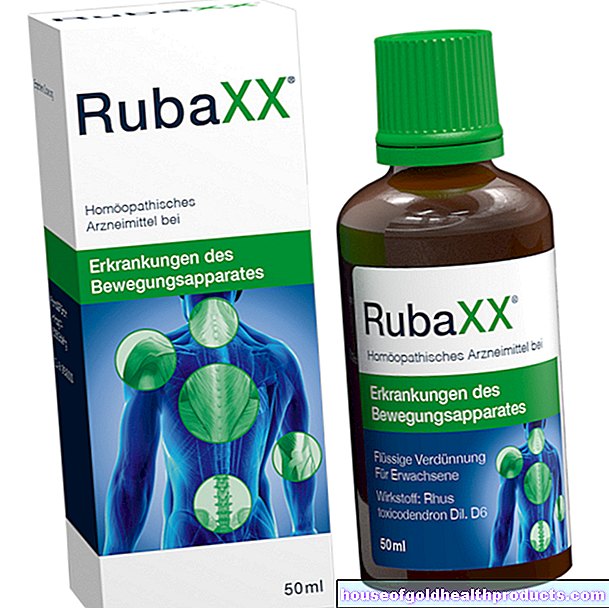
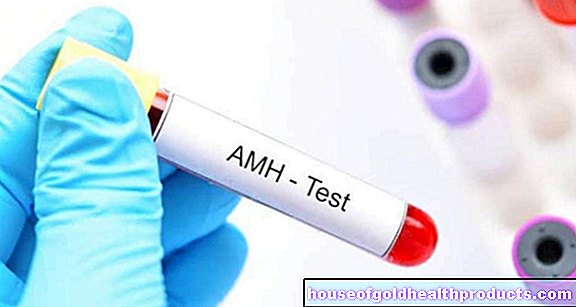

.jpg)
